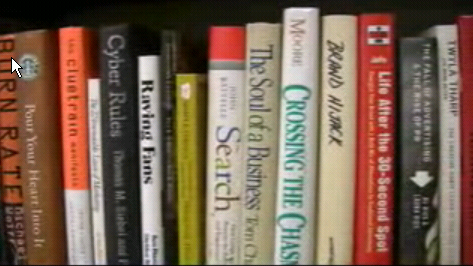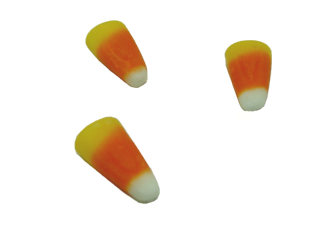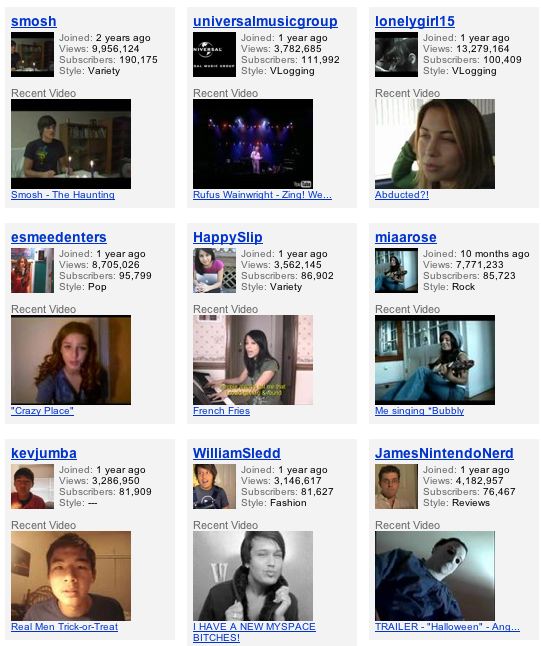
Greetings boys, girls and willvideoforfooders!
I’m your substitute, I mean “GuestOfNalts (.)” today 🙂
As you know this self proclamied viral video genius, Kevin ‘Nalts’ Nalty, started talking to himself early on, as we see in several of his more delightful films: here, here, here, here, here, here, here, here, AND here!
WHEEW!
Kevin has developed a number of personalities, alter egos and of course clones over the years. This is me here in my pre-natal state along with my other clone brothers and sisters. And here is the first generation of a Nalts’ Clone. As you might have guessed he didn’t quite make it. Unfortunately, he was unable to grasp the finer points and magic of editing and fell into a very tragic incident involving a can, the local trash collector and the very large trash collector’s truck. Since, much progress has been made and as you can rightly read I am one of the current generation ‘CloneofNatls’. However, we do prefer being called ‘Spawnsof Nalts’. We have advanced far more than the initial copy, even though we still titter on lame.
As a copy and a real live SpawnofNalts it is my position to make sure that anything Nalts does or thinks when indisposed makes its way to the beautiful eyes of his darling readers, fans, lurkers and all the rest of you, ASAP!
Tomorrow (July 9), on NBC’s Today show in a segment called “Frustrated Fliers.” The interview was shot in NYC yesterday and prompted by “USAIR Sucks” and not “Crawling Through Airport.” See if you can spot the original Nalts at the airport. If not, enjoy these little vignettes to make up for the possibility of a brown out we predicted in NYC. If you missed it because you just couldn’t drag your lazy ass out of bed before 11am, you know who you are, and barring some possible genetic or technical malfunction, me and all the other SpawnsofNalts will try our best to accommodate Today the day after yesterday or sooner right here!
Oh, and bring a clothes pin!
Be glad smell-a-vision never took off!
END TRANSMISSION










 As the big video sites are battling for content, eyeballs and advertisers, it will be interesting to watch people that find a niche and identify good content regardless of what site features it. Let’s call it “video host agnostic.” Bloggers like to create new terms and hope something sticks.
As the big video sites are battling for content, eyeballs and advertisers, it will be interesting to watch people that find a niche and identify good content regardless of what site features it. Let’s call it “video host agnostic.” Bloggers like to create new terms and hope something sticks. Video Search engine
Video Search engine